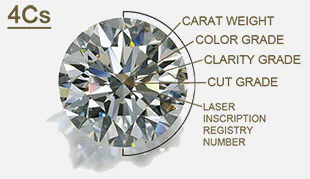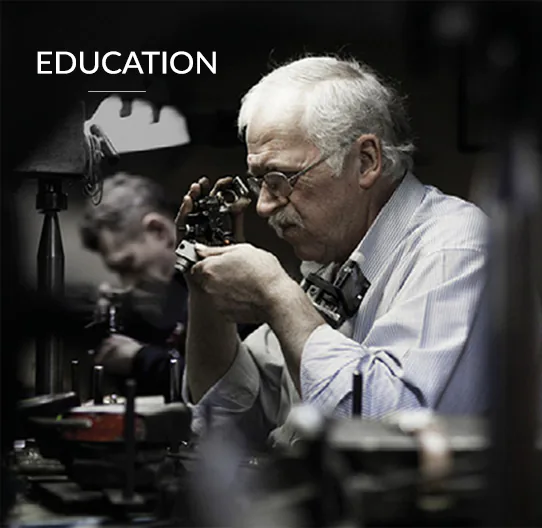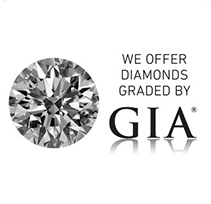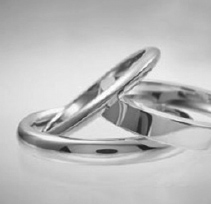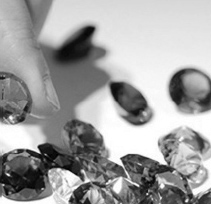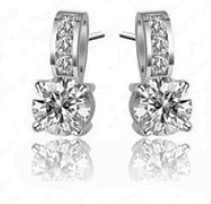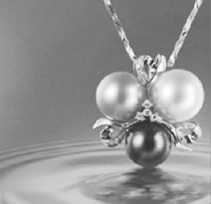RINGS
EDUCATION
Thousands of couples around the world have trusted us with their most important moments. With the largest selection of diamonds and meticulously designed, handcrafted rings, were here to help you find your way to the perfect ring.
DIAMOND
EDUCATION
For most people, buying a diamond is a new experience, but that doesn't mean it should be overwhelming. Understanding a diamond's quality characteristics is straightforward and simple.
Our diamond education is designed to answer all your questions. In just a few minutes you'll know everything you need to know to find your perfect diamond.
JEWELLERY
EDUCATION
it is our mission to take the mystery out of your purchase by offering only the finest quality fine jewellery available, along with expert guidance and education. Our jewellery is crafted with superior materials and inspected against exceptional quality standards.
PEARL
EDUCATION
Use this guide to find the pearl that is right for you by educating yourself on the quality and value of the cultured pearls that we offer.
GEMSTONE
EDUCATION
Gemstones and rare minerals can evoke strong emotions and spur intrigue. While most loose gemstones and minerals are purchased for ornamental jewellery purposes, others are possessed for their fascinating attributes. Natural gemstones and minerals add sparkle to our lives and invigorate our soul with the earth's natural beauty.
DIAMOND PAVILION
Chapter 8 -
A diamond's pavilion is located below the girdle and ends at the culet. It consists of the lower girdle facets and pavilion facets. As with the crown, its proportions and angles are important factors in the overall cut quality and brilliance of the diamond. The pavilion's depth is a portion of the diamond's depth as a whole, and has optimum measurements for the best sparkle, flash and fire.
Diamond Education
Chapters
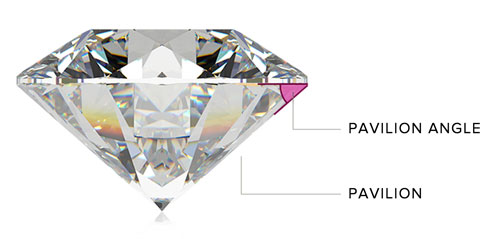
It is key for a diamond's pavilion to not be too deep or shallow. An overly deep pavilion will bring a darkened effect to the stone, as it is not able to reflect enough light back up to the observer's eye through the crown. A shallow pavilion will bring a 'fish-eye' effect if viewed from the table. This is because the girdle will be reflected in the middle of the diamond, appearing dull and lacking in scintillation.
The optimum pavilion angle is between 42.5% and 43.5%. This percentage will be labeled on the diamond's grading report. Both the GIA and AGSL list the pavilion depth and angle, and the diamond's depth as a whole. All of these measurements are considered when the diamond's cut grade is being assessed.
The bulk of a diamond's weight is typically held in its pavilion. This means it is often considered the most valuable part of the diamond, and yet its angles are more important than its size. A large pavilion that is too shallow or deep will not help create the brilliance that shoppers are looking for in their diamond.










